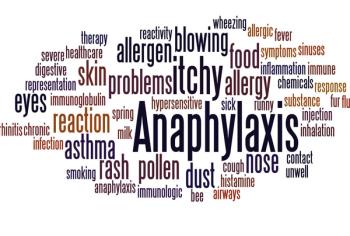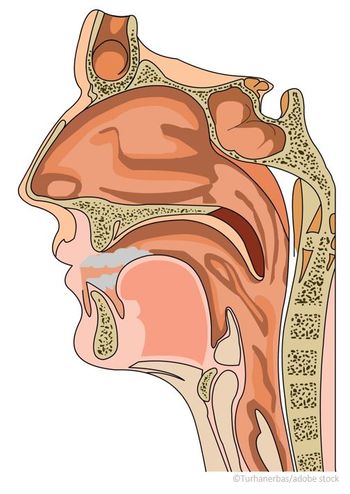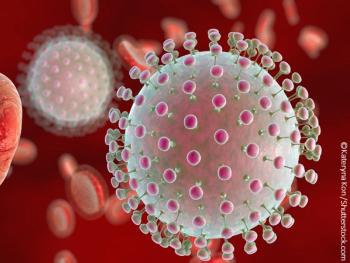
The Fruit Juice-Fexofenadine Connection
The discovery of decreased bioavailability of the anithistamine fexofenadine after ingestion of grapefruit juice broadened understanding of mechanisms underlying these sometimes deadly drug-juice interactions.
The first interaction between fruit juice and medication to shed light on altered pharmacokinetic behavior was the increase in bioavailability of felodipine associated with ingestion of grapefruit juice. The proposed mechanism in this instance and in interactions with a wide variety of agents is the irreversible mechanism-based inhibition (MBI) of intestinal CYP3A4 by furanocoumarins present in the juice. Two furanocoumarins in particular, bergamottin and 6’,7’-dihydroxybergamottin, were identified as MBIs and as reversible inhibitors of CYP34A. Neither compound was found in orange juice or apple juice, adding support to reports that orange juice has no effect on intestinal absorption of CYP43A substrates.
Conversely, grapefruit juice also has been associated with decreased bioavailability of a number of clinical agents. The proposed mechanism in this interaction is a reduction in absorptive transport of drugs in the small intestine related to inhibition of organic anion transporting polypeptide (OATP) by grapefruit juice and its components.
Fexofenadine, loratadine, and montelukast all have reported interactions with grapefruit juice. Of these, the combination of fexofenadine and grapefruit juice presents the most significant interaction. Fexofenadine was the first OATP substrate reported to interact with grapefruit juice and has been the most extensively studied. Fexofexadine has a similar interaction with orange juice and apple juice, and ingestion of these juices should be separated from fexofenadine administration by at least 4 hours.
Investigators have found fexofenadine bioavailability decreased in persons with a specific OATP allele and that a reduction is also seen after ingestion of apple juice.
References:
Shirasaka Y, Shichiri M, Murata Y, Mori T, Nakanishi T, Tamai I. Long-lasting inhibitory effect of apple and orange juices, but not grapefruit juice, on OATP2B1-mediated drug absorption. Drug Metab Dispos. 2013;41:615–621.
Newsletter
Enhance your clinical practice with the Patient Care newsletter, offering the latest evidence-based guidelines, diagnostic insights, and treatment strategies for primary care physicians.





















































































































































































































































































































